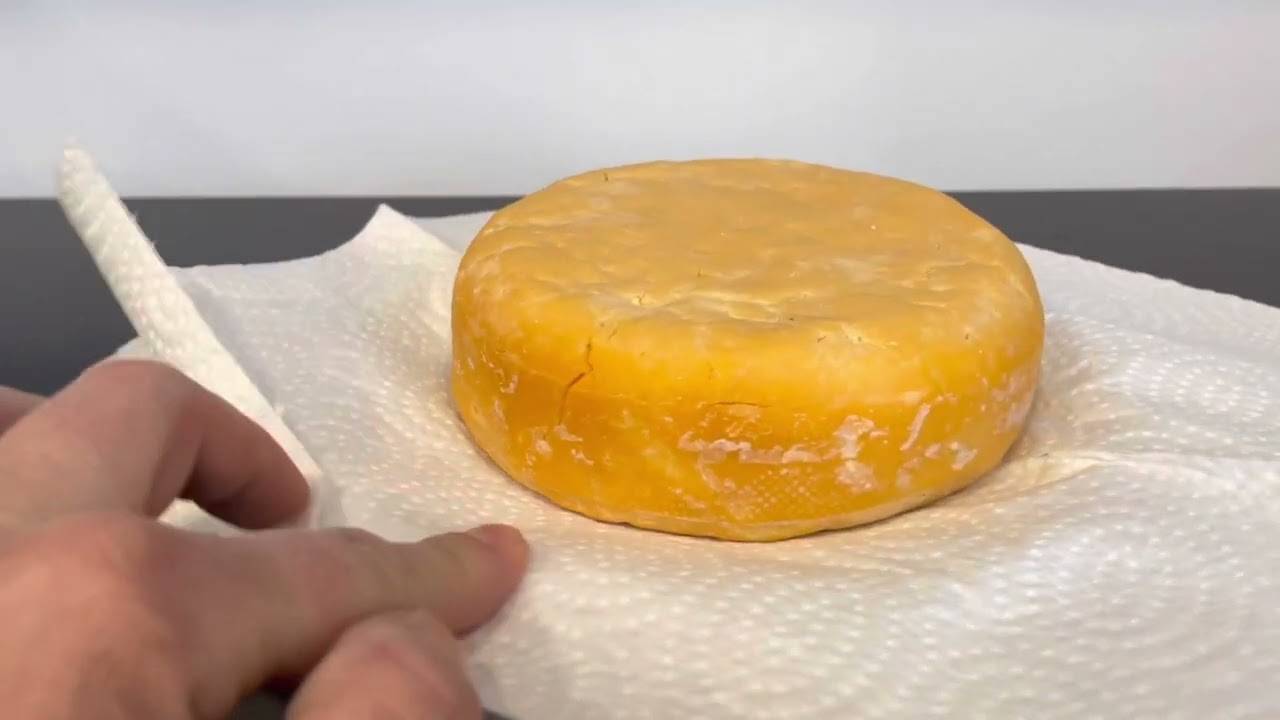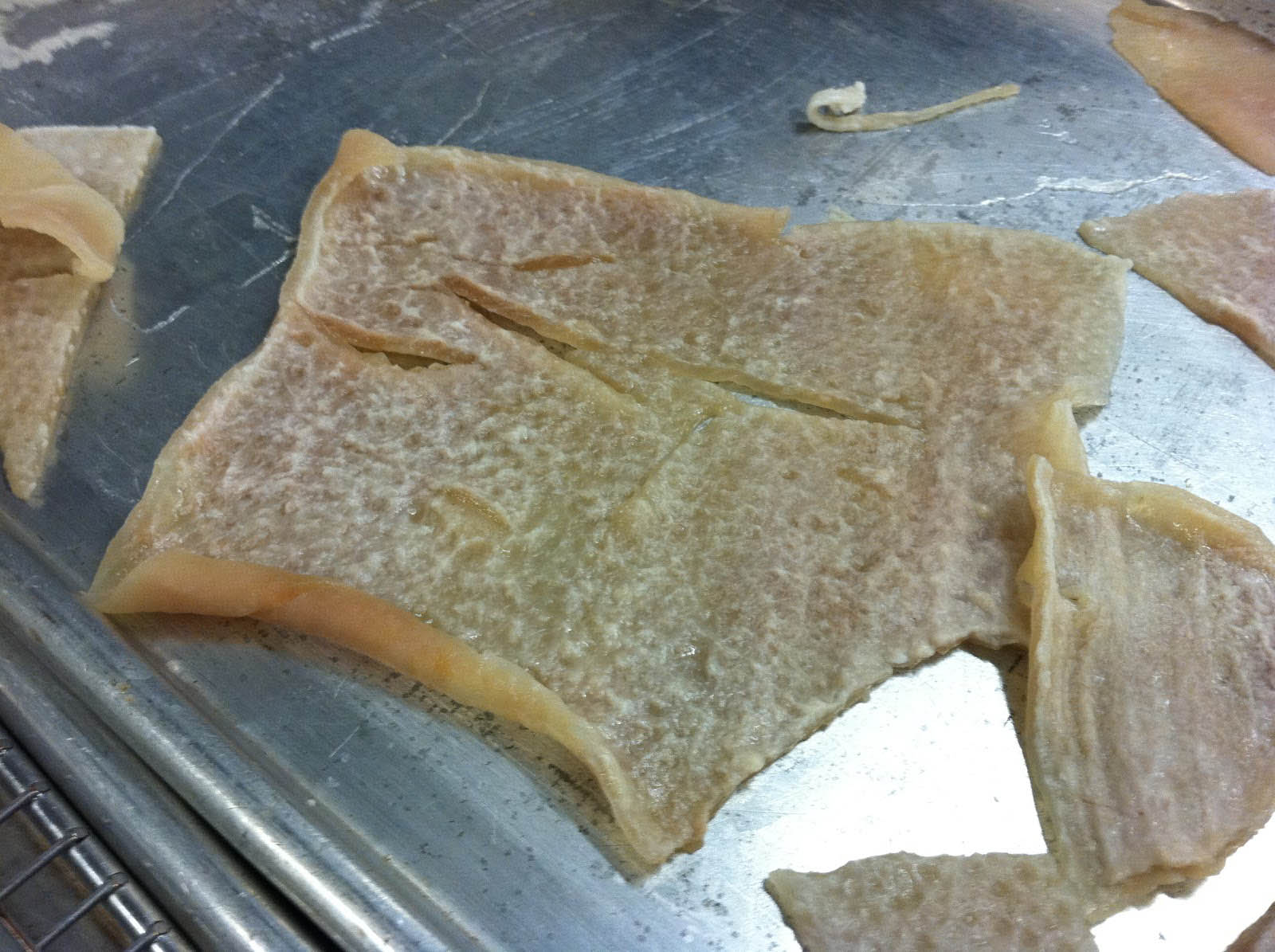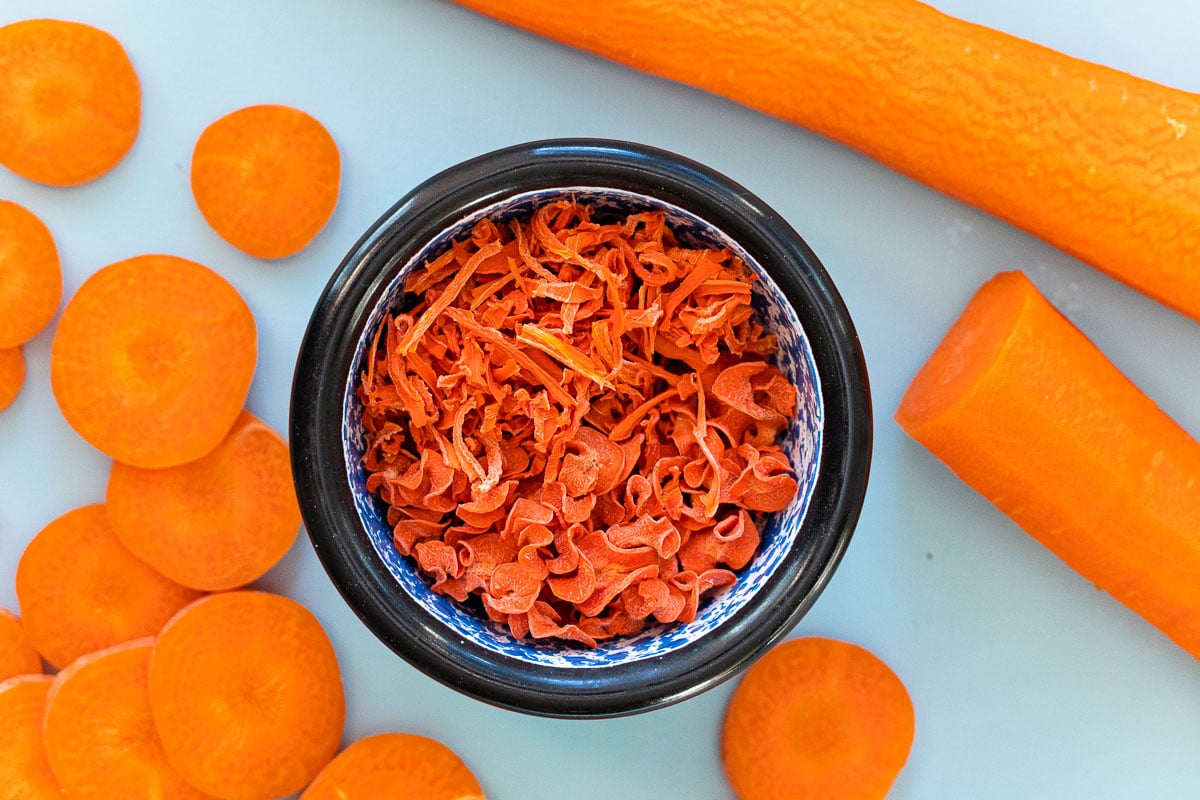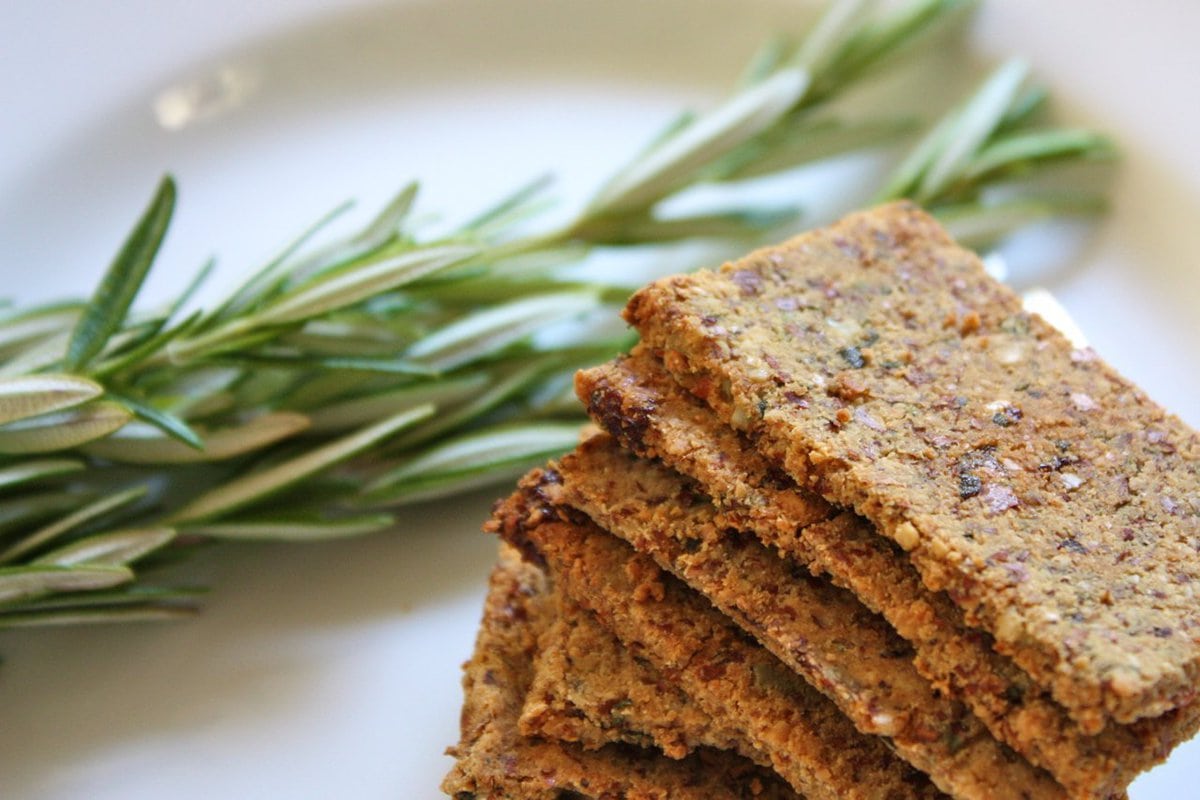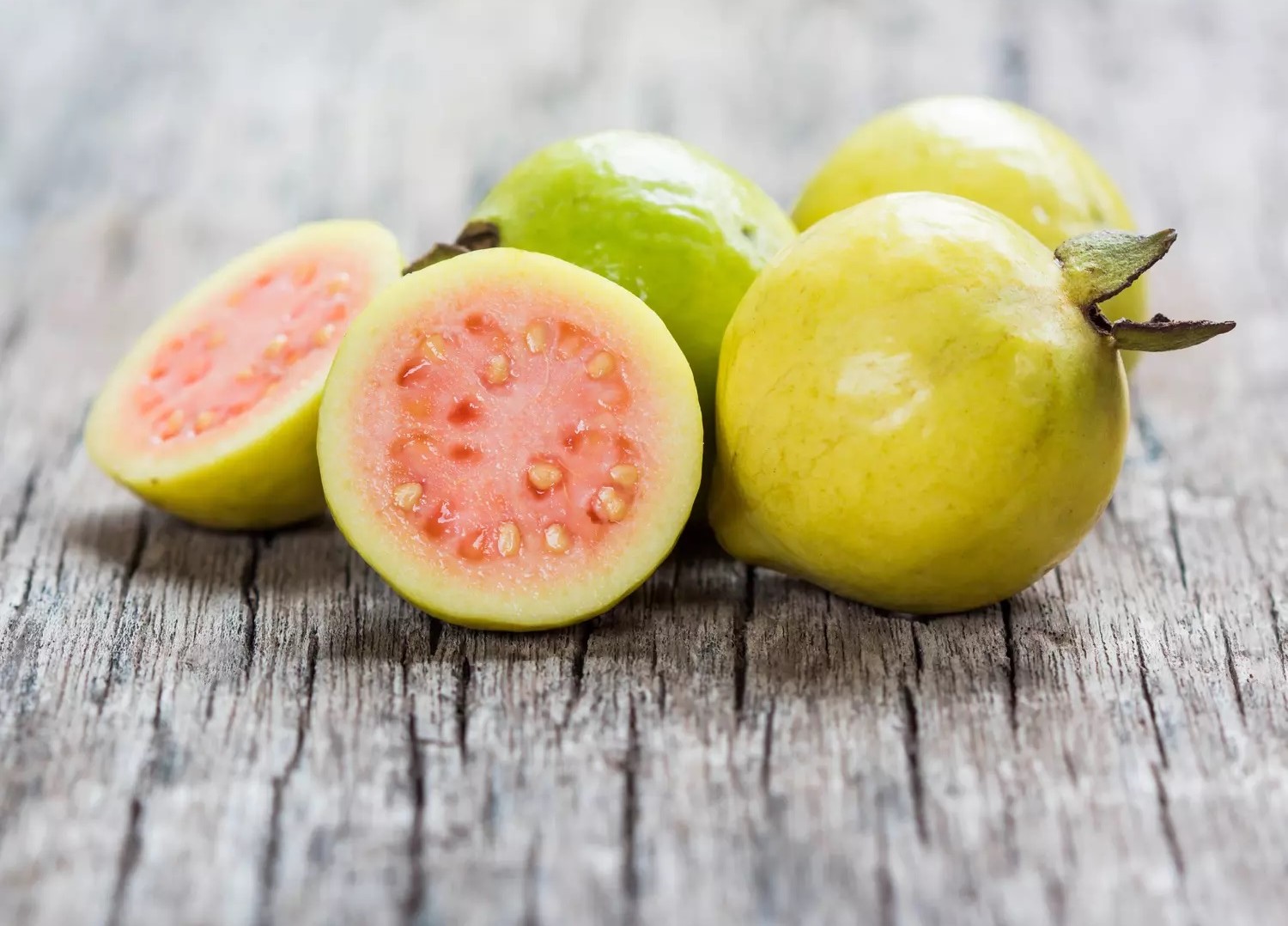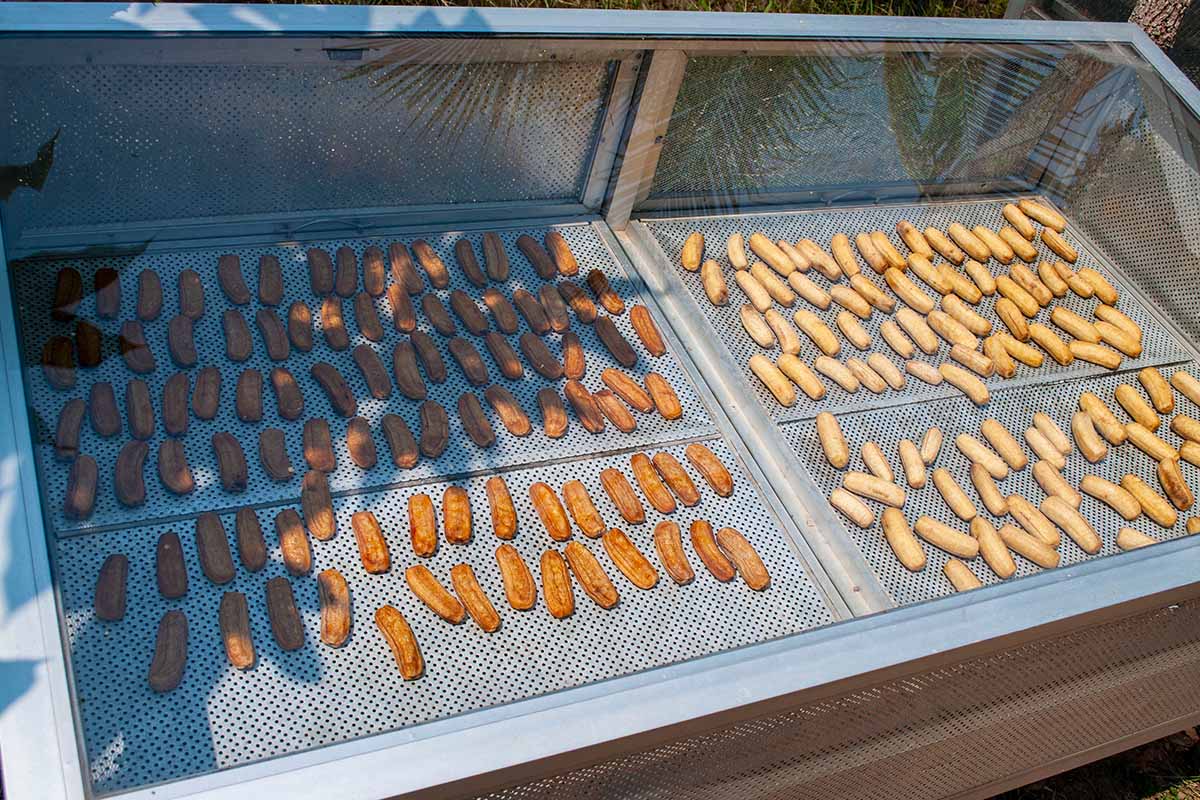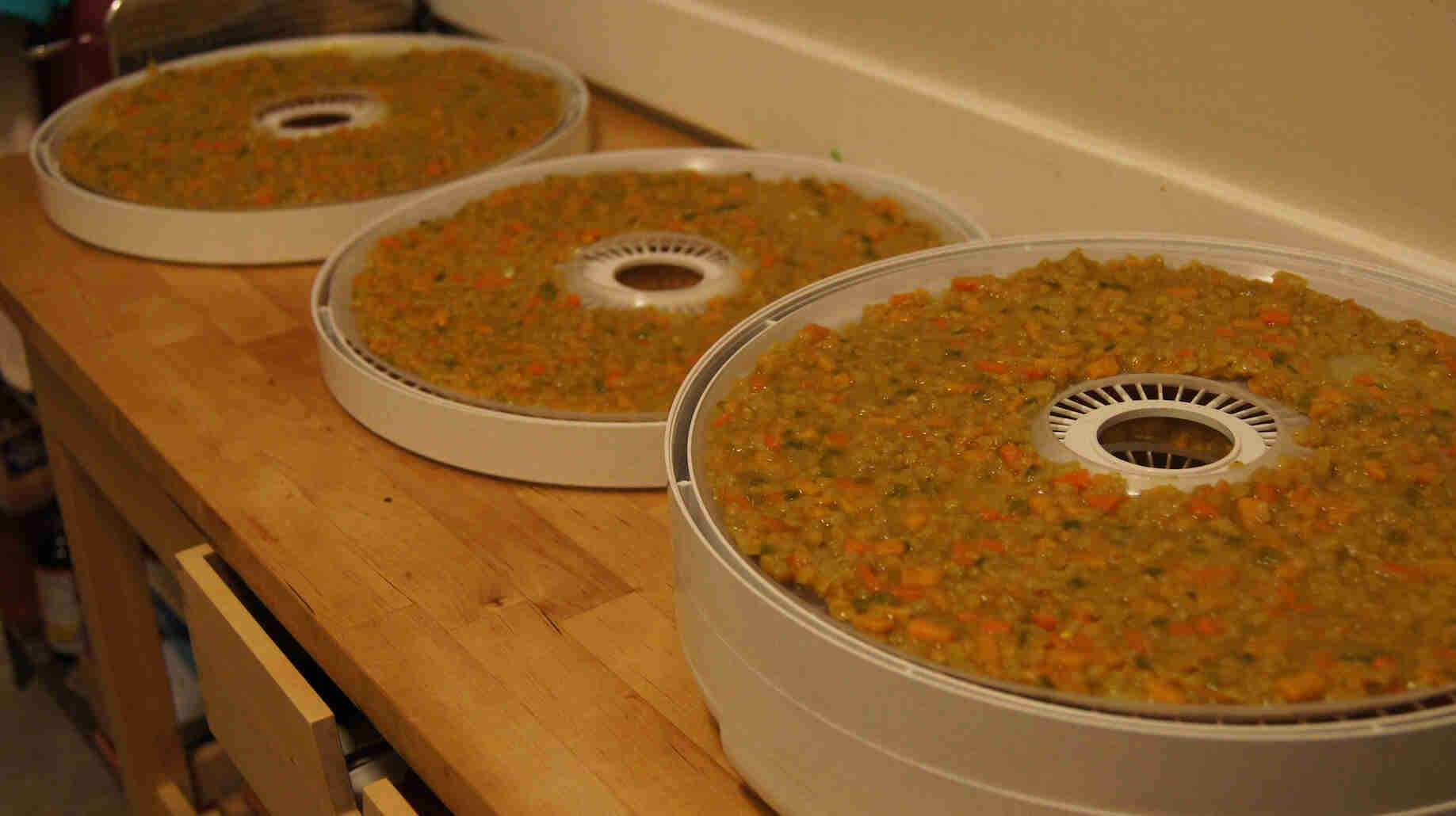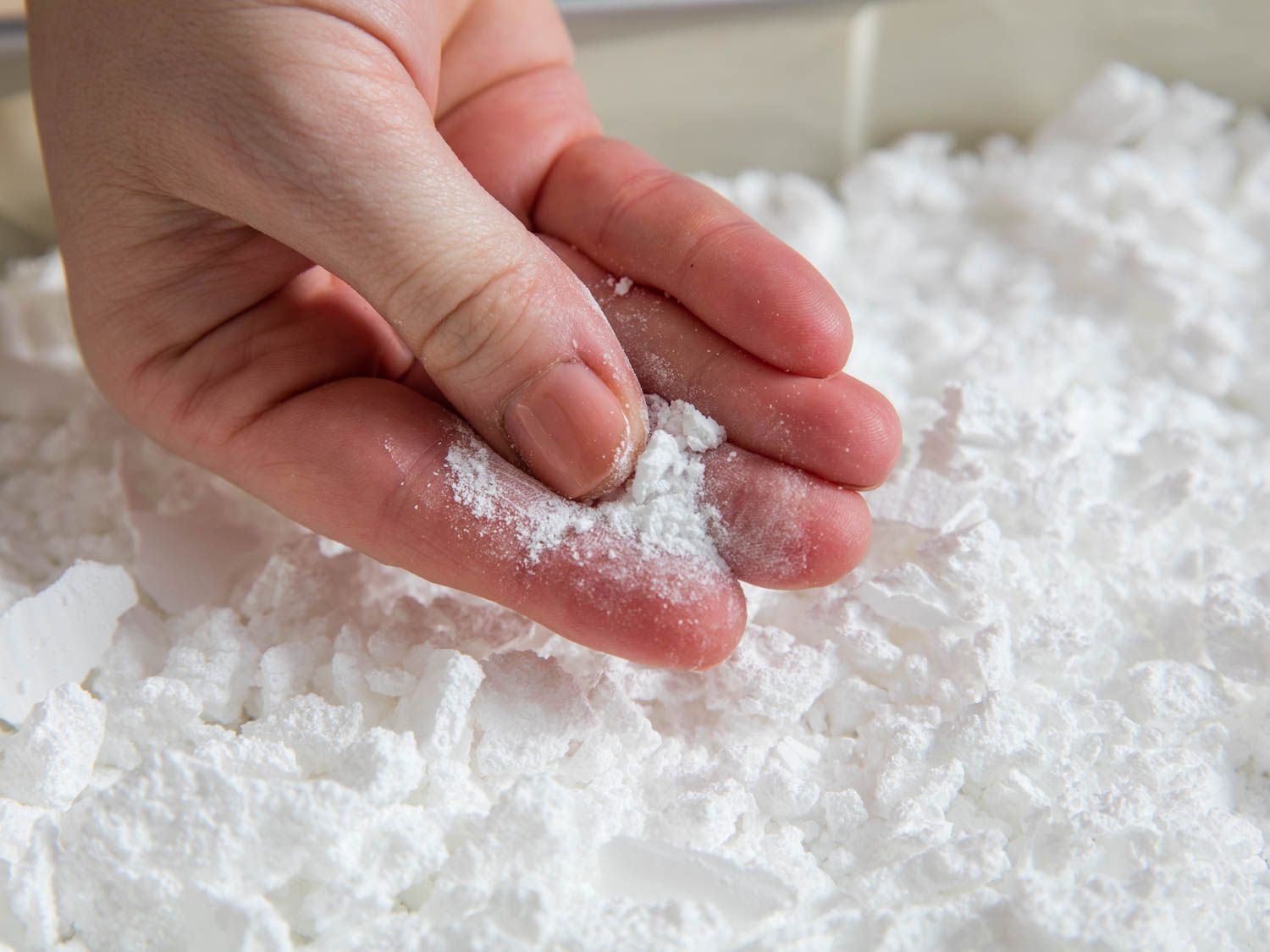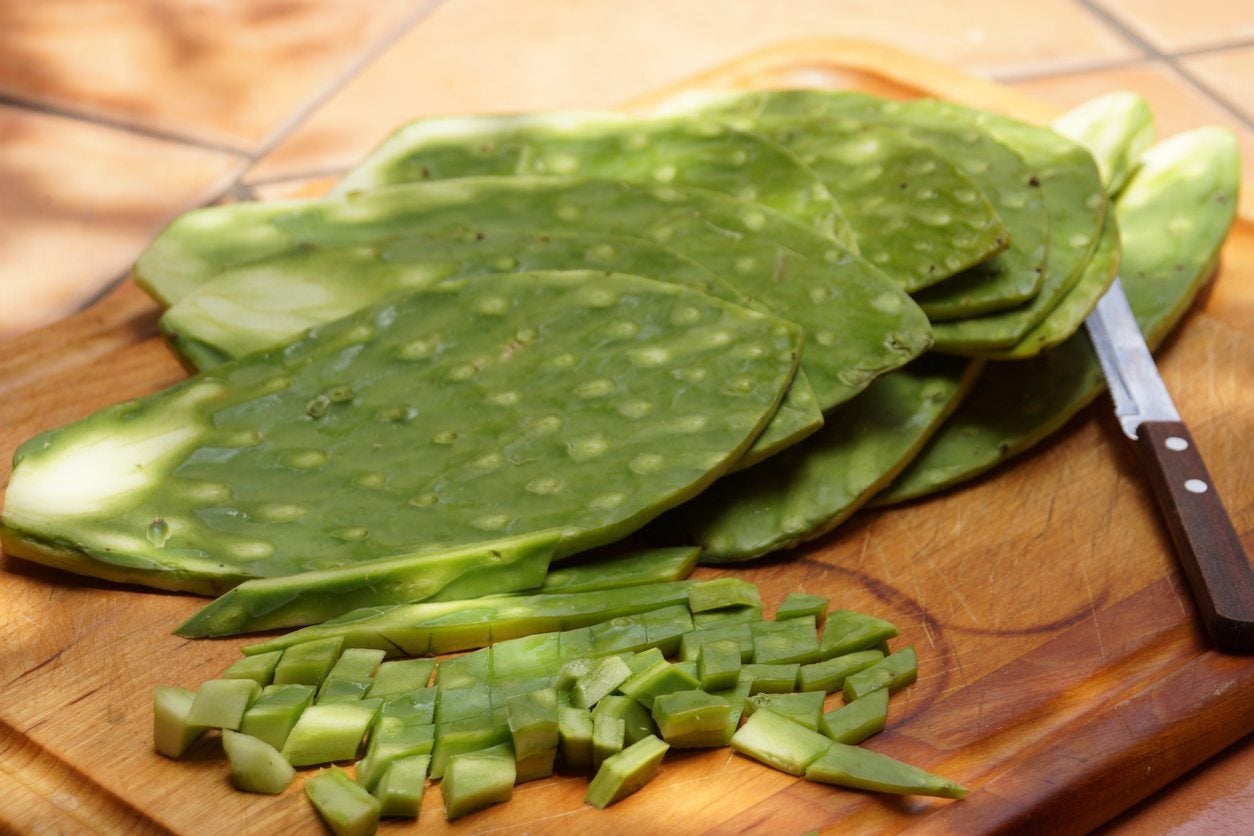How to Dehydrate Spinach Without a Dehydrator
Dehydrating spinach is a great way to preserve this nutritious leafy green for future use. While a food dehydrator is commonly used for this purpose, not everyone has access to one. The good news is that you can still dehydrate spinach without a dehydrator using alternative methods. In this article, we will explore how to dehydrate spinach without a dehydrator, allowing you to enjoy the benefits of this versatile ingredient all year round.
Method 1: Oven Dehydration
Oven dehydration is a simple and effective way to remove the moisture from spinach. Here’s how to do it:
- Preheat your oven to the lowest possible temperature, usually around 140°F (60°C).
- Wash the spinach thoroughly to remove any dirt or debris.
- Remove any tough stems and tear the spinach leaves into smaller pieces.
- Spread the spinach in a single layer on a baking sheet lined with parchment paper.
- Place the baking sheet in the preheated oven and prop the door open slightly to allow moisture to escape.
- Check the spinach every 30 minutes and rotate the baking sheet for even drying.
- The spinach is ready when it feels dry and crumbly, usually after 2-4 hours.
Method 2: Air Drying
Air drying is another method that can be used to dehydrate spinach without a dehydrator. Follow these steps to air dry spinach:
- Wash the spinach leaves and remove any excess moisture using a salad spinner or by patting them dry with a clean kitchen towel.
- Bundle the spinach leaves together and secure them with a piece of twine or a rubber band.
- Hang the bundles in a warm, well-ventilated area out of direct sunlight.
- Allow the spinach to air dry for several days, checking on its progress regularly.
- The spinach is ready when it feels dry and brittle to the touch.
Storing Dehydrated Spinach
Once you have successfully dehydrated the spinach using your chosen method, it’s important to store it properly to maintain its quality. Here’s how to store dehydrated spinach:
- Allow the dehydrated spinach to cool completely before transferring it to an airtight container.
- Store the container in a cool, dark place away from direct sunlight and moisture.
- Label the container with the date of dehydration to keep track of its freshness.
- Use the dehydrated spinach within 6-12 months for the best flavor and quality.
Benefits of Dehydrated Spinach
Dehydrated spinach is a convenient ingredient to have on hand for a variety of culinary purposes. Here are some benefits of dehydrated spinach:
- Long Shelf Life: Dehydrated spinach can be stored for an extended period, allowing you to enjoy this nutritious green year-round.
- Space-Saving: Dehydrated spinach takes up much less space than fresh spinach, making it ideal for those with limited storage space.
- Nutrient Retention: When properly dehydrated and stored, spinach retains much of its nutritional value, including vitamins and minerals.
- Versatile Ingredient: Dehydrated spinach can be used in soups, stews, smoothies, and other recipes that call for leafy greens.
In conclusion, dehydrating spinach without a dehydrator is entirely possible using methods such as oven dehydration and air drying. By following the steps outlined in this article, you can successfully dehydrate spinach and enjoy its benefits throughout the year.
For those looking to incorporate dehydrated spinach into their meals, several recipes stand out as excellent choices. The Spinach and Mushroom Quiche is a delightful dish that combines the earthy flavors of mushrooms with the nutrient-packed spinach. Another must-try is the Creamy Spinach Dip, perfect for parties or as a snack. If you're in the mood for pasta, the Spinach and Ricotta Stuffed Shells offer a rich, cheesy experience with a boost of greens. For a hearty meal, the Spinach and Feta Stuffed Chicken Breasts provide a protein-packed option that's both satisfying and nutritious. Lastly, the Spinach and Artichoke Pasta is a versatile and easy-to-make dish that brings together the best of both vegetables in a creamy, delicious sauce.
Was this page helpful?
Read Next: How To Dehydrate In Convection Oven

